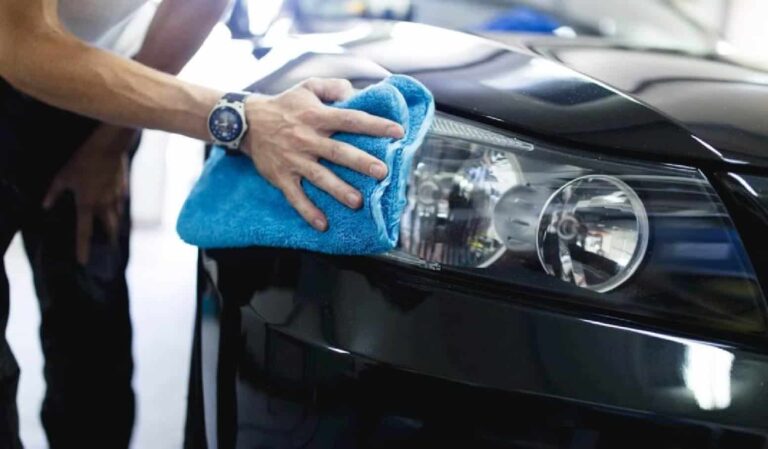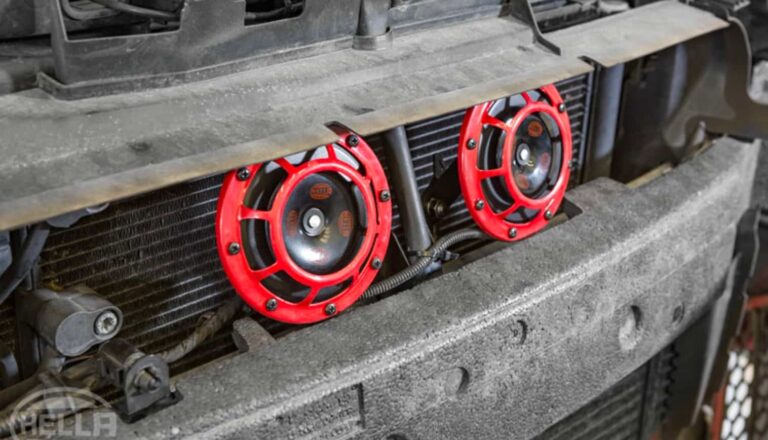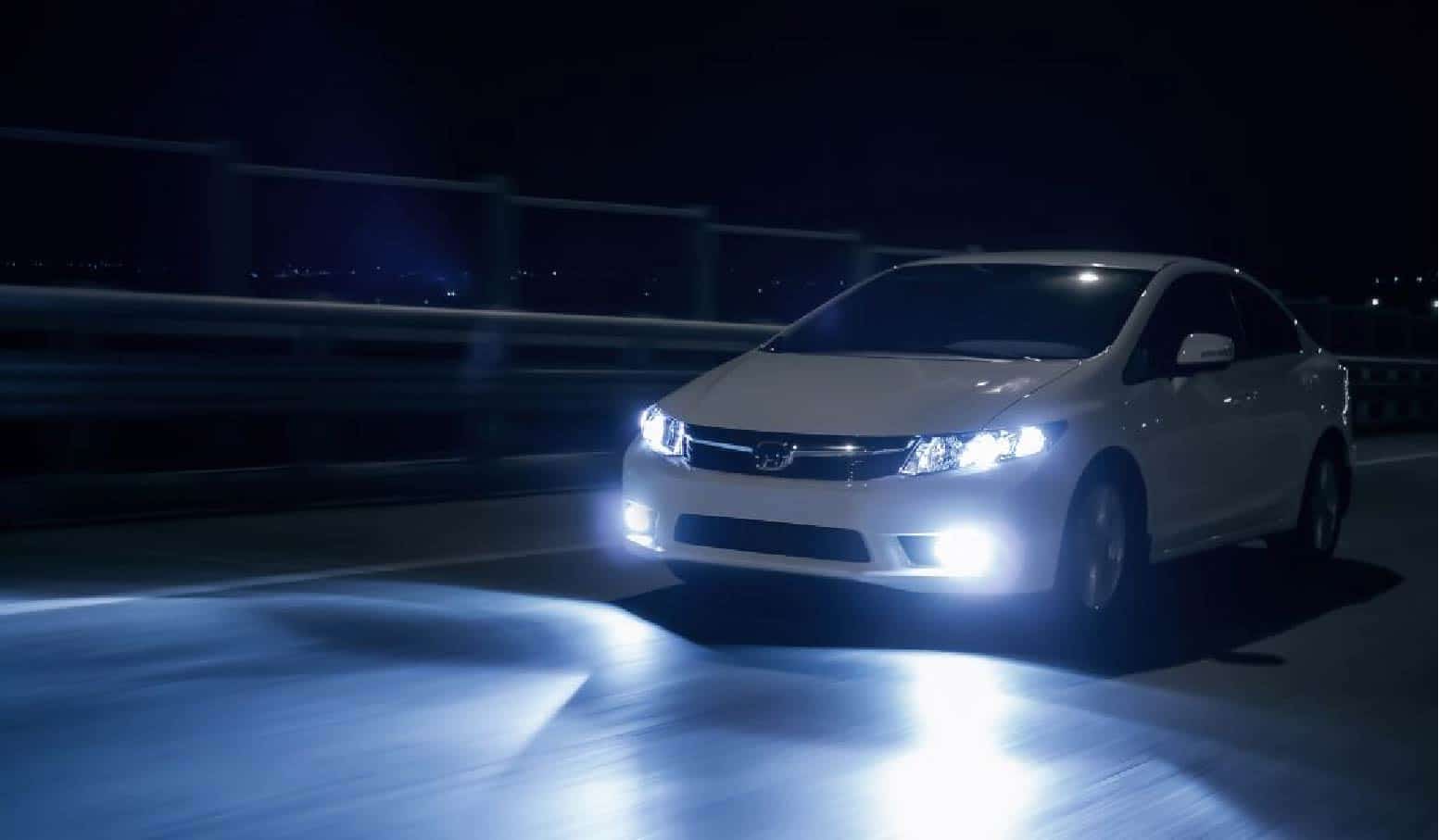
Headlight technology is not the most complex component in a car, however, if a headlight stops working there could be many different causes for it. If you discover one or both of your headlights are not working, it could be a safety issue making night time driving impossible, and it is important to figure out the source of the problem right there. So, how do you fix headlights not working on your car?
Most headlight systems are not very complex and consist of bulbs, a fuse, a relay system and a switch for activating the headlights. There are some cars that come equipped with DRLs (Daytime Running Lights), additional fog lamps, and adaptive headlights, but the components in them are more or less the same.
The headlight failure you are dealing with, will dictate the type of fix that you will employ to get your headlights working again. It is worth it to find out if both the headlights have stopped working, or only one of them, and also if the low and high beams are working as expected.
How to Fix a Pair of Failed Headlights
Headlights that stop working are usually a result of an underlying electrical problem in the car, or it could be an issue like the filaments burning out or some other physical problem with the bulb.
If you need to find out why your headlights are not working, you have to first figure out what was the cause of the problem.
Check if both the bulbs are working, and what was the situation when it stopped working. If only one headlight is not working, then it is most likely a faulty filament in the bulb and replacing the headlight bulb should fix the problem. If the headlight bulb still doesn’t work after replacing, it could be a fuse or electrical problem.
If the bulb is an HID, High Intensity Discharge bulb, a problem with it could be related to other components associated with the HID.
If both the bulbs stop working, then it is usually a problem with the electrical system or grounding of the bulbs.
Check to make sure there is no electrical or grounding problem and then replace both the bulbs. It is uncommon for both the bulbs to stop working, so ensure there is no electrical problem that is causing them to malfunction. Check that the headlight fuses are intact, that there is no problem with the relay, which prevents surge current, or that there is no electrical or wiring problem.
There could be an issue with only the high beam or the low beam not working. Bulbs usually come with 2 filaments, one for the high beam and one for the low beam. If either the high or low beam is not working, it could be a burnt-out filament, so replace the bulb. It could also mean a fault with the high or low beam relay switch. In this case the relay will have to be replaced.
Sometimes, the high or the low beam stops working only for one bulb and not the other. This could also signal an issue with the relay or the switch that controls the headlight’s high beam.
It could be a case of the headlights working, but they are unusually dim. The reason could be a foggy lens, a bulb that is past its useful lifetime, or an issue with the charging system of the car. Foggy lenses can be cleaned to make them look brand new. If the bulb is past its lifetime, you can simply replace it. The electrical charging system (alternator and battery) will have to be looked into if it is a problem with not enough power being supplied to the bulbs.
What Are the Main Components of a Headlight
A headlight consists of a bulb, relay, switch to turn them on, and a fuse to prevent surges in current. The different kinds of headlights include DRLs (Daytime Running Lights), fog lights, and main headlights., but they usually have similar components.
Headlights are usually turned on from inside the cabin with the turning of a knob or a flick of a switch. The switch turned on powers a relay system that provides the connection between the battery and the headlight bulb. The fuse is present in between the circuit to prevent any surges in current that may potentially burn the bulb out. If the current gets too high, the fuse burns out before the bulb, thus saving it from damage.
The headlight switch or knob powers a relay system to provide an electrical connection for either the high beam or low beam of the headlight bulb.
If a component mentioned here fails by chance, then the headlights will stop working. By figuring out how they failed, we can narrow down the faulty component and get the headlight working again.
Also Read: Foggy headlights? Learn how to remove moisture from headlights.
Fix at Home or Professional Help – Which is Best?
Replacing a headlight bulb is quite an easy task, but if there is a major problem with the electrical system, fuses or relays, then you will be better off going to a professional to solve the issue. Even to replace a headlight bulb at home, you would require basic tools and diagnostic equipment to identify an electrical issue.
A professional mechanic will most likely begin with a check of the headlight bulbs and assembly components, fuses and relays along with the switches.
Replacing a headlight bulb is a quick fix, and won’t take too much time. But identifying a problem with the electrical system, relays and switches will take longer and make use of diagnostic tools that the car owner may not have. It would be advisable for a professional mechanic to look into the issue.
Also read Lighting Comparison: HID vs LED Headlights
Problems With Low and High Beam
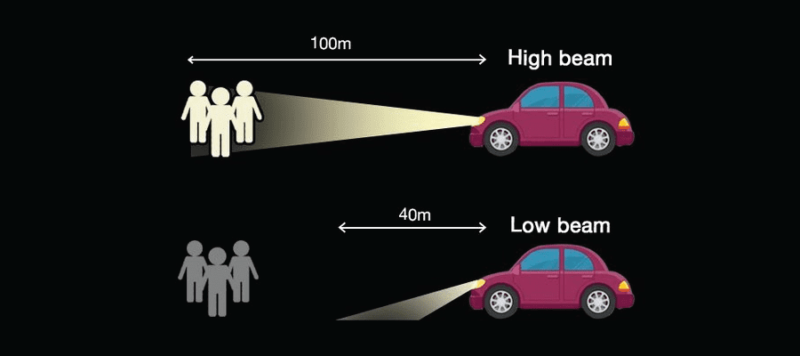
The problems that can cause a headlight to stop working completely, can also affect only the low or high beam. If the headlight bulbs work on low beam but not on high beam, then it is probably a burnt-out filament.
Most of the time, a problem with high or low beams is due to a faulty relay or switch. Some vehicles have a separate relay for the high beams and the low beam is not integrated into the switch.
If the high beam relay is not receiving any current, when the switch is activated, it could be an issue with the electrical wiring or the switch itself. Most commonly, the switch has a problem and would have to be replaced.
What to Do if Only One Headlight Stops Working
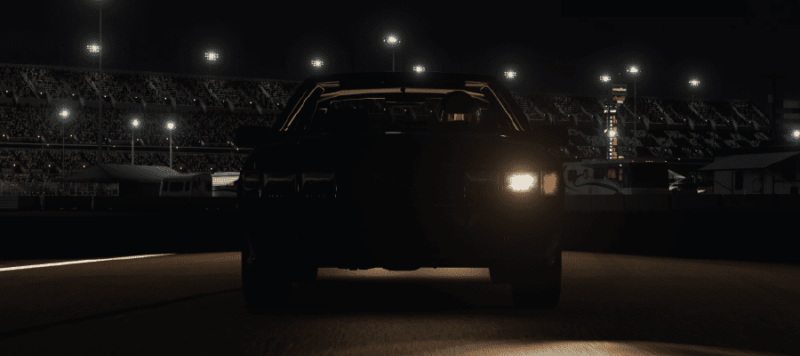
If you are experiencing a problem with only one headlight, while the other headlight works just fine, the issue is most likely a burnt-out filament. Although both headlights are exposed to the same conditions, they may not fail together, so finding only one headlight burnt out is a common problem.
However, before you replace the bulb, it is a good idea to check the electrical connections for a bad relay or signs of damage due to corrosion. Sometimes the connectors get loose, and will have to be fixed back into position.
Even if the bulb’s filament has been burnt-out, you may want to look at the underlying causes that initiated the issue. A headlight bulb is usually specified to work for at least 1000 hours, so if it fails before this time period, then you may have to dig a bit deeper into the problem.
Sometimes, the issue might be that moisture has entered the headlight assembly and is causing problems. Look out for any moisture behind the lens or elsewhere in the sealed assembly. Any seals that have deteriorated or cracked will allow a certain amount of moisture to enter. Moisture will cause the headlight bulb to fail prematurely and the only fix in this case is to replace the complete headlight assembly.
Also Read: How To Restore Headlights At Home Professionally
Why Do Both Headlights Stop Working
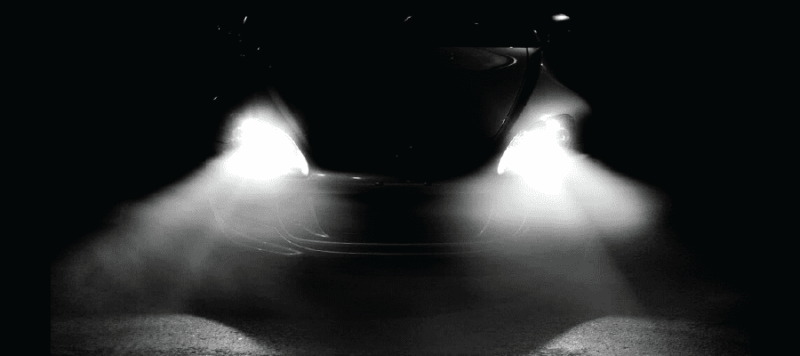
If both the headlights fail at the same time, the problem usually lies with the electrical system, relays or switches and not with the bulb itself. It may be that one headlight stops working, and you haven’t noticed the issue, then the other headlight goes off as well. The cause of one headlight failing before the other does not fall within the purview of a failed electrical system.
If it is indeed the headlight bulbs that have failed, then use a voltmeter to check for power at the headlight terminals. For this you would need to turn the headlight switch on, connect the negative terminal of your voltmeter to a ground point, and touch the positive terminal of the voltmeter to the headlight terminal.
One of the headlight terminals should indicate a voltage, while the other two terminals will show zero, if the headlight bulb has burnt-out. Next switch on the high beam, and check if another headlight terminal is indicating a voltage. In this case the electrical system is fine, and you just need to replace the bulb.
Other Causes of a Failed Headlight
A fuse is the first thing you should check when the headlight is not working. It could be that there is more than one fuse for the headlight, so if you find a fuse that has blown, then simply replacing the fuse will get the headlight working again.
When a headlight fuse has been replaced, it should be done so with a fuse of the same ampere rating. If the new fuse blows as well, it is most likely a fault with the electrical circuit. Using a fuse with a higher amperage rating may cause a lot of damage to the headlight electrical system.
If the fuse is intact after a failed headlight episode, then you can use a voltmeter to check the power on the fuse. Voltage must be indicated on both ends of the fuse. If not, the wiring system from the fuse to the battery must be inspected.
The headlight relay must also be inspected. If you shake the relay about and hear a rattling sound from inside the relay, then it has failed and needs to be replaced. Even light discoloration on the relay terminals should be considered as a fault.
Just by replacing the relay, you can figure out if it was the cause of a failed headlight. Next, you have to determine if the relay receives power when the switch for the headlights is turned on. If the relay is not receiving any power from the turned-on switch, then either the switch is faulty or there is a problem in the wiring between the switch and the relay.
Also Read: Which Mirror Is Used in the Headlights of a Car
What to Do if the Headlights Work, but Are Dim
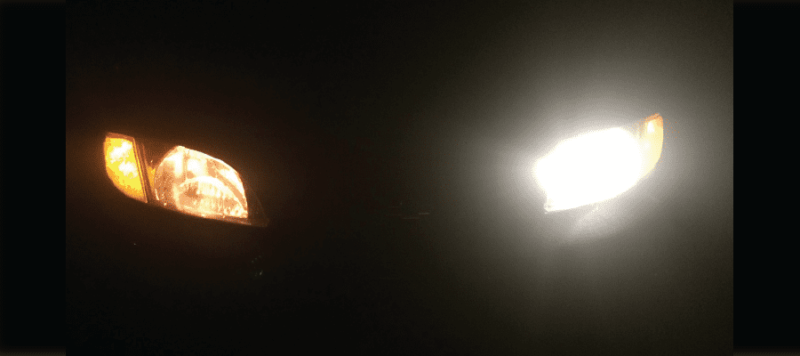
Sometimes you may notice that your headlights are not as bright as they used to be and do not illuminate the road completely when turned on even with a high beam.
Headlights do get dimmer as they get older, so a new set of headlights should solve the dimming problem. It could also be that the lens is foggy, dirty or oxidised which would block some of the light and prevent it from illuminating the road completely.
In these cases, you may have to replace the headlight assembly or get them professionally cleaned.
Also Read: How To Clean Car Headlights – 100% Working Ways & Tips
Conclusion
If you are driving home from work late at night, or caught in a heavy rain storm and foggy condition, you will depend on your headlights to illuminate the road in front of you while driving. Headlights not only let you see clearly, they also let other drivers see you clearly when visibility is low.
Modern cars now come equipped with daytime running lights to increase visibility and to make you visible to other motorists.
If you have problems with your headlights, it can be a major safety issue, and this guide would help you fix most of the common problems you would encounter with failing headlights. Problems that cannot be easily fixed at home can definitely be solved by a trained professional mechanic quite easily.
In order to get to the bottom of the situation, you will have to find out what kind of failure you have experienced and then narrow down the solution as you troubleshoot the issue.



